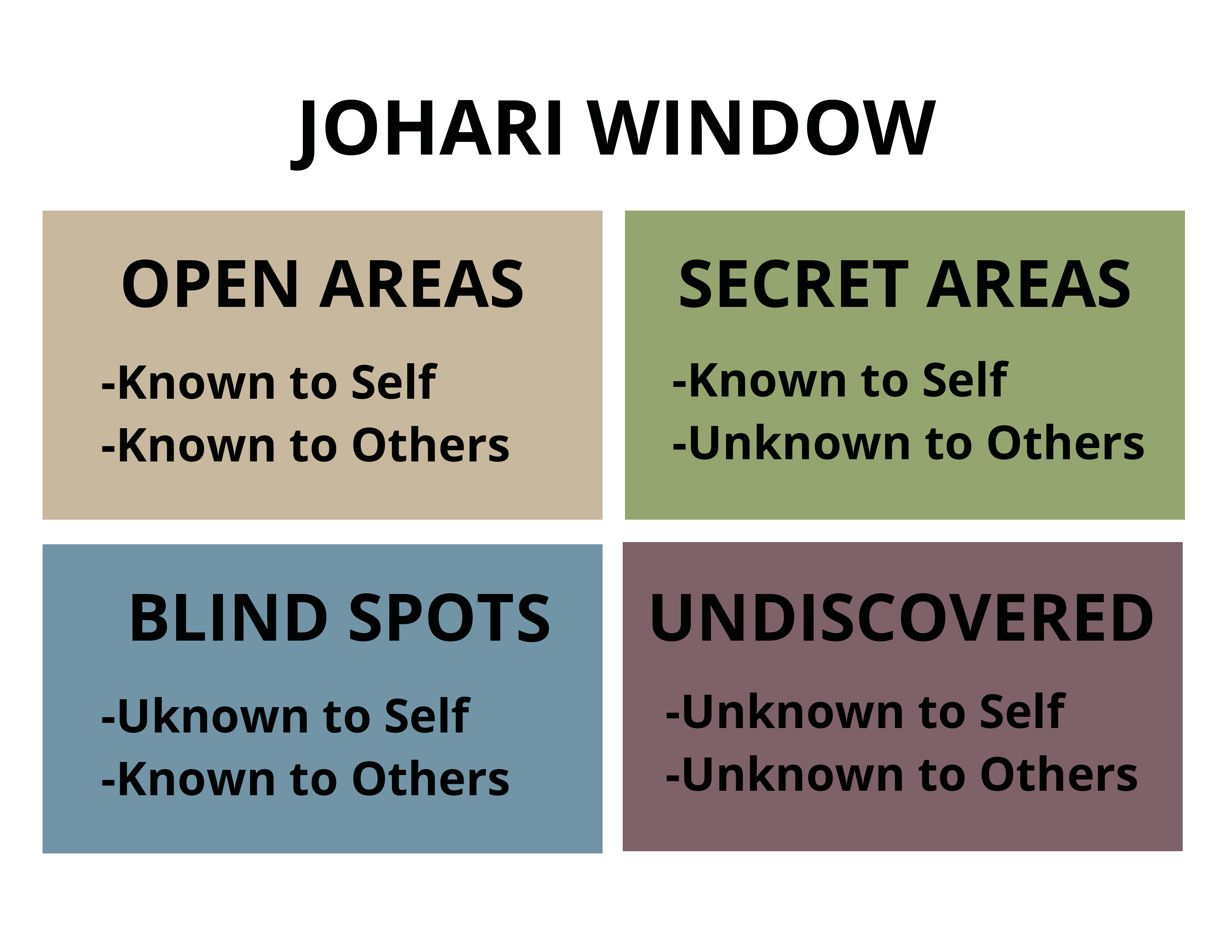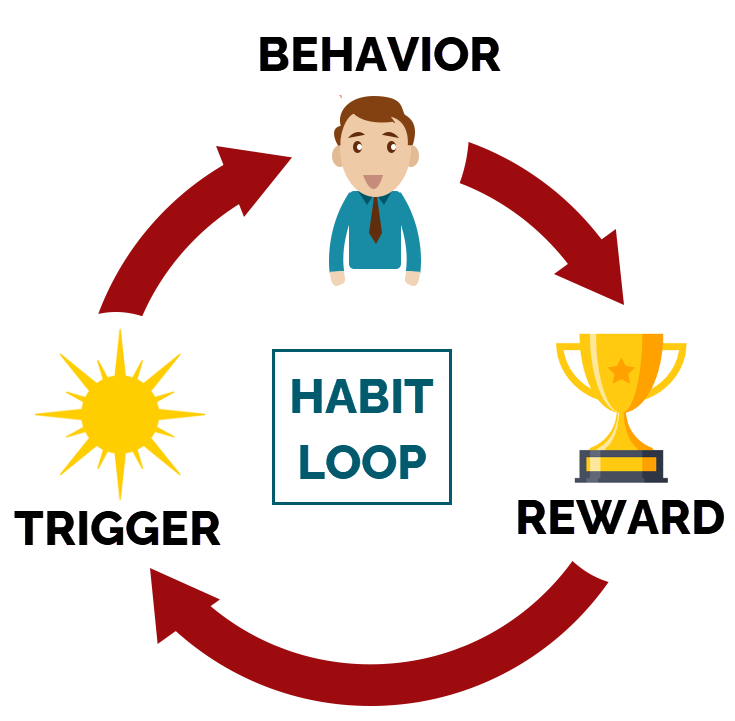Principle #1: MASTERPIECE: Each of us was born with a one-of-a-kind, authentic Masterpiece inside of us.
- We have the capacity to be radically transformed if we are willing to work hard.
- Everything we need to live an abundant, meaningful life is already inside of us.
- Our unique Masterpiece is our Authentic Self.
- Over the years, our reactions to the people and circumstances in our life builds up layers of dysfunction that hide our Authentic Self.
- Unleashing our Masterpiece requires identifying, removing and replacing these layers, and slowing the growth of new ones.
Principle #2: KNOWING: Clearly states what we need to know about knowing in order to effectively transform.
- The types of knowing are all required to experience real and lasting transformation
- Knowing how much you do not know.
- Intimately knowing ourselves.
- Authentically knowing others.
- Knowing through learning.
- Knowing through experience.
- Knowing through engagement.
- Knowing through perspective.
- Knowing without certainty.
Principle #3: RADICAL TEAMS: There is a capacity for mutual value add between us and every person in our life.
- Every person in our lives has Value because each of them are a one-of-a-kind, authentic Masterpiece.
- We also have value because each of us is a one-of-a-kind, authentic Masterpiece.
- We have the potential to add value to every person in our life.
- We have the potential to receive value from every person in our life.
- Fully realizing this potential to add and receive value mostly takes hard work and practice.
- Some people in our life are easier to add value to than others.
- Some people in our life are easier to receive value from than others.
- The Radical Teams Principle states that we need to be good stewards of the potential we have with every person in our life.
Practice #1: COMMUNITAS: Balancing the tension between the Individuals in the community, and the community as a Collective-whole.
- A tension exists between meeting the needs of the individuals and meeting the needs of the collective-whole.
- A tension exists between meeting the needs of ourselves and meeting the needs of Other individuals.
- The Practice of Communitas addresses these two tensions with different sets of strategies and tactics.
- The Individual Practice of Communitas is the practice of loving your neighbor.
- The Collective Practice of Communitas is the practice of loving your neighborhood.
- The Individual Practice requires mutual sacrifice for the direct good of specific individuals.
- The Collective Practice requires mutual sacrifice for the direct good of the community Itself.
- Individual Communitas skills include fellowship, relationship, nurturing, discerning and releasing.
- Collective Communitas skills include awareness, advocating, collaborating, innovating and pioneering.
Practice #2: MIRRORING: Reflecting our perspective of the attitudes, speech and actions of the people around us.
- Mirroring will also be defined as intentionally receiving these reflections from others in our lives.
- Social Mirroring occurs when an individual chooses to conform to their own perception of the social norms in their environment.
- Reactive Mirroring is the unhealthy Practice of Mirroring, Authentic Mirroring is the healthy practice.
- Reactive Mirroring changes what is reflected based on personal biases, feelings, mood, preconceived ideas or self-motivated desires.
- Authentic Mirroring gives a fully accurate reflection based only on the vantage point of the person doing the mirroring.
- Reactive Mirroring projects and objectifies, Authentic Mirroring provides opportunities for self-awareness, friendship and transformation.
- The Johari Window is a four-quadrant framework that describes the areas where individuals need Authentic Mirroring the most.

- Open Areas are areas known to ourselves and known to others.
- Blind Spots are areas unknown to ourselves that are known to others.
- Secret Areas are areas known to ourselves that are unknown to others.
- Undiscovered Areas are areas unknown to ourselves and unknown to others.
Practice #3: CONTEMPLATION: being fully present in the current moment of time.
- Contemplation is always Bigger and Beyond our thoughts, attitudes, speech and actions.
- Contemplation is Not: meditation, an escape from reality, or a method to control external circumstances.
- Fear, Unhealthy Desire and distract us from the Practice of Contemplation.
- This practice has four Contemplative Elements:
- Paying Attention: Intentional awareness of what exactly we are currently paying attention to.
- Detachment: Thinking, speaking and acting like there is no permanent ownership of anything, only temporary stewardship.
- Everything Belongs: Thinking, speaking and acting like every moment has opportunities for growth and development.
- Identity: Thinking, speaking and acting like we are human beings, not human doings.
Tools: Make the Practices of the Principles of Transformation more effective and efficient.
- BELIEVE THE BEST
- This tool requires looking for the best possible explanation for everything that happens to you in life, everything that is said to you, and everything that is done to you.
- It also means making up the best possible stories in your head about other people. It is not enough to simply try to STOP making up negative stories in your head. It is a deeply ingrained habit. It needs to be replaced, and the best thing to replace it with is the complete opposite.
- This tool can radically change your relationships, especially with close friends, casual friends and acquaintances. It can also be used on your circumstances as well, whatever they may be. Try to view these circumstances from the best possible perspective, and with the most gratitude. It is not always easy, and you will probably suffer setbacks from time to time, but consistent practice will yield life changing results over the long-term.
- LEARN-APPLY-ENGAGE
- LEARN - We interact with some form of content to learn things we have not learned before, or to reinforce and add additional knowledge to things we already know to some extent. The vehicle for delivering the content might be a book, a newspaper, a radio show, a podcast, an online course, and in-person lecture, a slide show, a video, a movie and a conference or seminar. We are simply receiving information from one of more sources and processing it intellectually.
- APPLY - This is the stage where we develop wisdom by trying to put what we have learned into practice. We can do this in safe, easy and low-risk ways, or we attempt to practice things that are difficult and have a higher-risk of failure. Wisdom can be developed effectively through BOTH success AND failure. Apply is what my friend Ron Jeson would refer to as the live-it part of the phrase live-it-to-give-it that we have discussed before.
- ENGAGE - This is the give-it part of live-it-to-give-it. Remember, to engage with someone is to have a conversation with someone on an intentional topic, with some degree of transparency, vulnerability and accountability. Transparency, vulnerability and accountability are the infinite aspects of this conversation. Intentional topics are chosen to help create real, sustained transformation in ourselves AND the people we are ENGAGING.
- HABIT REPLACEMENT
- Our authentic self is the primary creator of constructive habits, and our reactive self is the primary constructor of destructive habits. The more free reign our reactive self has had in our lives, the more bad habits we have accumulated.
- Bad habits die hard. In fact, it is impossible to STOP a bad habit. The chemistry in your brain will not allow you to STOP a bad habit. If you wish to stop a bad habit, you have to REPLACE the bad habit with a good one. However, this is not a very straightforward or simple process.
- The process of HABIT formation is known as the The Habit Loop and consists of three parts - cue (a trigger), routine (behavior - constructive or destructive) and reward. Triggers or cues can be very difficult to identify and may require you to do some personal research. Rewards can also be difficult to identify.

- You can change the cues or triggers of a habit, you can change the reward of a habit, or you can change the routine or behavior. The most effective way to develop a new habit is by changing the routine or behavior intentionally, when you understand the cue or trigger and the reward.
- OWNERSHIP
- Any time someone points out things that they see in us that are negative, we should try our best to immediately decide what part of this, if any, we honestly need to own. In most cases, there is at least a little bit of truth in the critical feedback we receive, whether it is meant to be constructive or not.
- Instead of your knee-jerk reaction pushing back and dismissing it entirely, look for golden nuggets of truth in what was said. We should try to be as discerning as we possibly can. If we are always able to glean even 1% gold each time we receive critical feedback, we are winning. Almost every single person in our lives can help us grow, at least to some extent.
- Please keep in mind that this tool is also helpful when dealing with praise and positive feedback. Sometimes praise is entirely genuine, other times there can be some amount of flattery in it, and still other times there may be some amount of pity and feeling sorry for us in the praise and compliments we receive. Just like we want to be discerning when it comes to negative feedback, we should also desire to be discerning when receiving positive feedback as well.
- This tool should NEVER be used to condone ABUSE of any kind.
- FOCUS ON A FEW
- We need to be wise and discerning with how we spend our time and establish appropriate boundaries with the people in our lives. First and foremost this tool tells us that we need to invest deeply in a handful of relationships, and work hard to keep the other relationships in our lives at a casual or acquaintance level. In trying to develop deep friendships with too many people, we can lose the capacity for any deep friendships at all.
- Another key aspect of this tool further classifies how to discern who the few should include. Oftentimes, we can become obsessed with making an investment in someone who is not really willing or able to properly and fully receive that investment from us. This can be difficult to see, we can squander a great deal of ourselves investing in relationships that would never receive that investment, while others around us who are willing and able to receive that investment miss out.
- Transparency, vulnerability and accountability are key catalysts for this particular tool. We need to be willing to accept feedback from others one how well our investments are being received.
- BREATHING
- There are many different types of breathing exercises. Box Breathing is the one I like best and is what I will describe here. Feel free to use whatever breathing exercise works best for you.
- Breathe in deeply through your nose for four seconds, trying to fill your lungs completely. Try to breathe from your stomach using your diaphragm. From there, hold your breath for four seconds, then slowly breathe out for EIGHT seconds through your mouth. From there, hold your empty breath state for four seconds, and then begin the process over again.
- Any time you are experiencing anxiety, this tool can be used to settle you down to the point where you can think clearly and function effectively. Box breathing has real physiological effects on our bodies. It stimulates the vagus nerve and our parasympathetic nervous system. This in turn rapidly turns OFF the stress, hyper-arousal, and fight/flight responses. In addition, this blocks cortisol production and increases the production of endorphins which reduces feelings of anxiety and depression.
- EMPOWERMENT
- This tool falls into two general categories, internal and external. Internal empowerment includes taking care of yourself physically, emotionally and mentally by creating habits around proper sleep, physical fitness, healthy eating and learning new things. The importance of these things cannot be overstated. Your brain, and by extension your mind, have to be healthy in order to create an environment to develop and sustain real transformation in your life.
- External empowerment comes from taking care of yourself spiritually by connecting with a higher power of some kind. For many people, this may mean creating a deeper connection with what they know as God, for others it may be spending time outdoors with nature, it may be trying to connect to the raw energy in the universe, or trying to connect with their ancestors. Whatever recharges our batteries spiritually is necessary to give us the energy we will need to develop and sustain real transformation in our lives.
- PERSONAL HOME TEAM
- Each and every one of us has a Personal Home Team. This team consists of the people we choose to spend the most time with, and the people have the deepest transparency and vulnerability with. Please realize that this has nothing to do with the actual AMOUNT of time you spend or the DEPTH of the transparency and vulnerability. Your Personal Home Team is whoever you spend the MOST time communicating with at your personal DEEPEST level of transparency and vulnerability - even if that is at relatively small and shallow levels.
- The people on your Personal Home Team usually include the people you see every day, or at least several times a week.
- Your Personal Home Team can consist of more than one person, and each of those people never even has to meet or be together with you. You could have two or more friends who do not know each other and have never met each other, who form your Personal Home Team. Realistically, you could have no more than five people that are part of your Personal Home Team, because it would be difficult to have a high degree of transparency, equally, with more than five people. Most of the time, you will only have one or two other people on your Personal Home Team.
- You, yourself can be the only member of your Personal Home Team. This, of course, is a very unhealthy situation to be in. This leads to very limited Self Awareness, which means you will likely keep experiencing the same problems over and over again. Your personal issues may never really get any better, because you are not even able to see them as they really were.
- Another important aspect of your Personal Home Team is that you will attract, by default, people to your Personal Home Team that have the same level of health that you have. If you are unhealthy, your default will be to attract other people just as unhealthy, or a little more unhealthy than you are. If you are unhealthy, you have to follow a very intentional process, that is moderated and monitored by vetted, healthy people, to deconstruct and then reconstruct your Personal Home Team. Oftentimes the deconstruction - eliminating unhealthy, close friendships in your life, is very difficult to do.
- This concept of Personal Home Team is a very unique and very important team concept that shapes us and impacts us in so many ways. If you do not have enough healthy people on your Personal Home Team, you have too many unhealthy people, or you just have yourself, you are going to be living a diminished life, and likely will not even be aware of it.
- We need to choose our Personal Home Teams intentionally, wisely, and with the feedback and accountability from people who know us well, that have proven themselves trustworthy and healthy. The abundance of our lives and our ability to fully Unleash the Masterpiece depends in large part on the Personal Home Team we choose.
- As time goes on, a Personal Home Team can provide the deepest levels of transparency, vulnerability and accountability than can be experienced outside of possibly a uniquely committed relationship like a marriage.
- ENGAGE GROUPS
- An Engage Group is a group of 3-16 people who commit to studying content together for the purposes of developing and sustaining real transformation in their lives, both individually and collectively. They will study, or learn this content together. Practice applying it in their lives together, and then engage each other in transparency, vulnerability and accountability for how well they actually are learning it AND applying it in their lives.
- An Engage Group commits to this Learn-Apply-Engage practice on a regular basis - normally weekly. The content that is studied can vary and should change on a regular basis to continually bring in new and fresh perspectives. This content can include sacred writings like the Bible. It can also include any content that can be transformative and be delivered in books, podcasts, videos, online learning or live events.
- Meeting weekly in Engage Groups and doing life together on a regular basis should become regular, consistent Transformational Rhythms in your life. Engage groups can be the catalyst for most of the real transformation we can experience in our lives, and can help us to Unleash the Masterpiece in Ourselves and Others on a consistent basis.






